Intel Xeon 6 Processors
P9000G6 (LC)
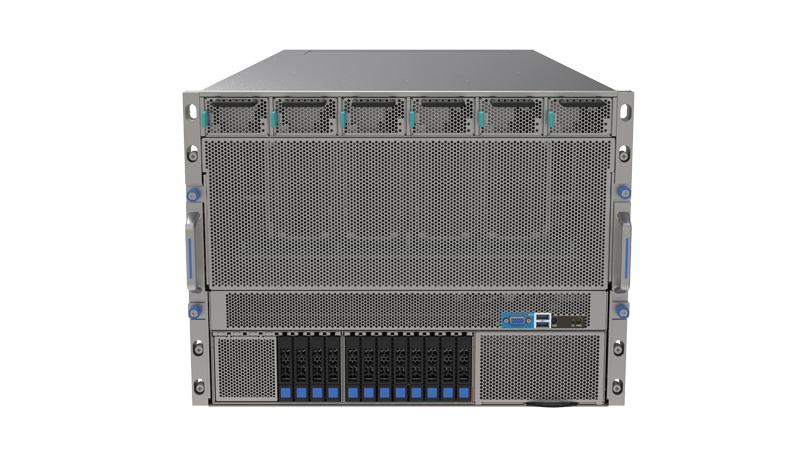
Advanced Liquid-Cooled Platform for AI and HPC Workloads
- Support dual 4th and 5th Gen Intel® Xeon® Scalable processor
- Support NVIDIA HGX™ B200 system with liquid cooling solution (GPU+CPU)
- Best GPU Communication with NVIDIA NVLink™ Bridge
- Support DDR5 DIMM, 4800/5600 MT/s @ 1DPC, 4400 MT/s @ 2DPC
- Support up to 12 U.2 NVMe SSD
- Inventec-designed switchboard provides maximum bandwidth for NVIDIA GPUDirect® RDMA
- Increase power efficiency and reliability by decoupling 12V and 54V power source
- Modular architecture to provide customer the best performance platform
P9000IG6(AC)
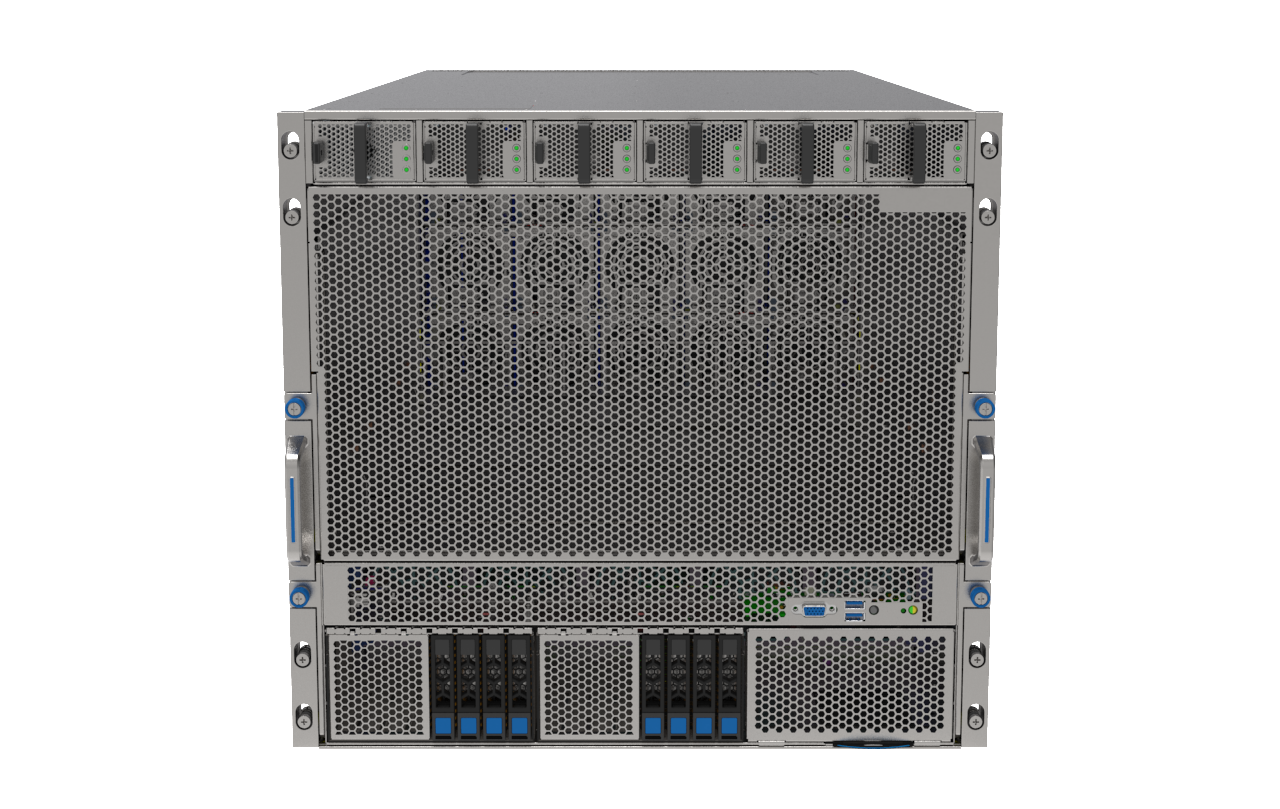
Built to Accelerate AI Innovation and HPC Breakthroughs
- Support dual 4th and 5th Gen Intel® Xeon® Scalable processor
- Support NVIDIA HGX™ B200 system with air cooling solution
- Best GPU Communication with NVIDIA NVLink™ Bridge
- Support DDR5 DIMM, 4800/5600 MT/s @ 1DPC, 4400 MT/s @ 2DPC
- Support up to 12 U.2 NVMe SSD
- Inventec-designed switchboard provides maximum bandwidth for NVIDIA GPUDirect® RDMA
- Increase power efficiency and reliability by decoupling 12V and 54V power source
- Modular architecture to provide customer the best performance platform
P8000IG6
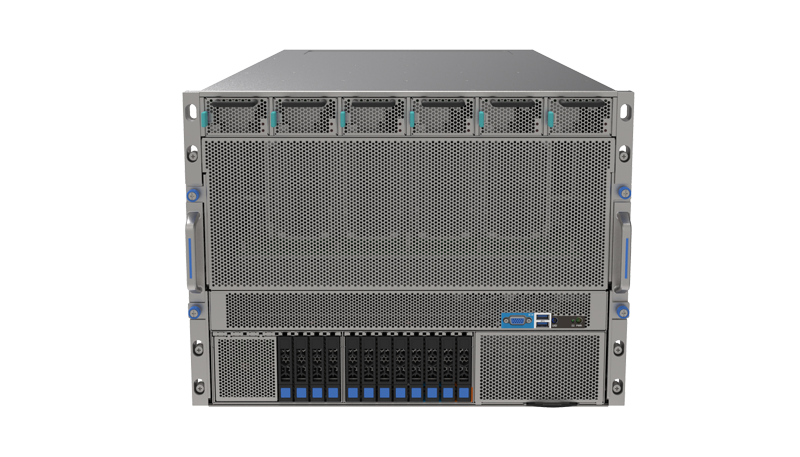
Most Advanced Platform for AI and HPC Workloads
- Modular architecture to provide customers with the best performance platform
- Best GPU-GPU Communication with NVIDIA® NVLink™ Bridge and NVIDIA® NVSwitch™ on NVIDIA® HGX™ H100/H200/B200 8-GPU system
- DDR5 and PCIe Gen5 ready platform design
- Inventec-designed switchboard provides maximum bandwidth for GPU direct RDMA
- Increase power efficiency and reliability by decoupling 12V and 54V power source
- Great serviceability and assembly with the modular design
K888G7
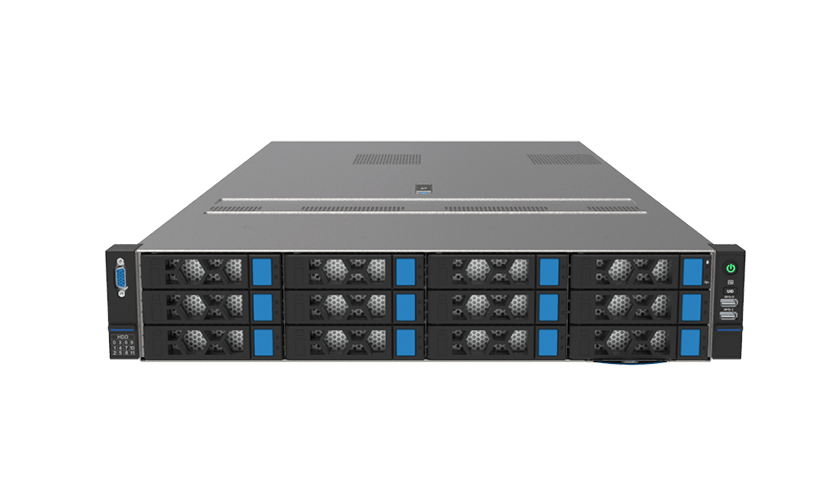
2U Intel® Xeon® 6 processors Based Server System
• Support dual Intel® Xeon® 6 processor with E-cores and P-cores, up to 176 PCIe lane from two CPUs
• Support DDR5 RDIMM, 6400 MT/s @ 1DPC, 5200 MT/s @ 2DPC
• Extremely scalable with up to PCIe Gen5 x16 DW FHFL GPU card x4
• Support up to 26 U.2 SSD
• Optional Liquid Cooling
K900G7
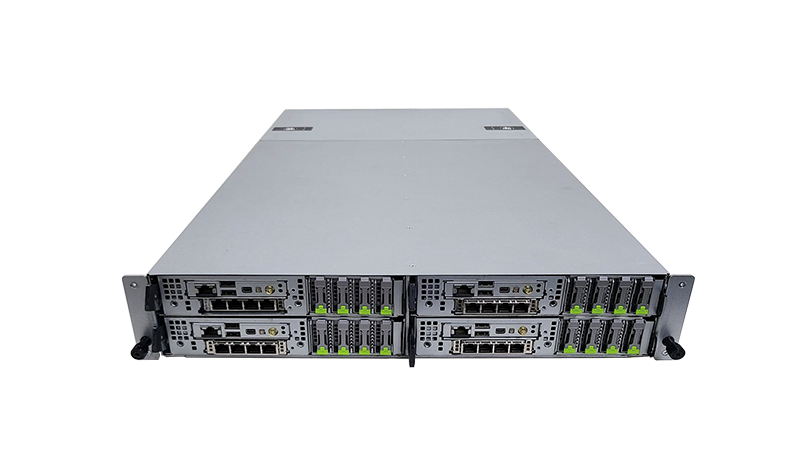
2U4N Intel® Xeon® 6 Processor Based HPC Server
- Support Intel® Xeon® 6 Processor CPU
- Support 16 xDDR5 1DPC, OCP 3.0
- Support CRPS PSU up to 2400W
- Efficient management system controlled and monitored remotely